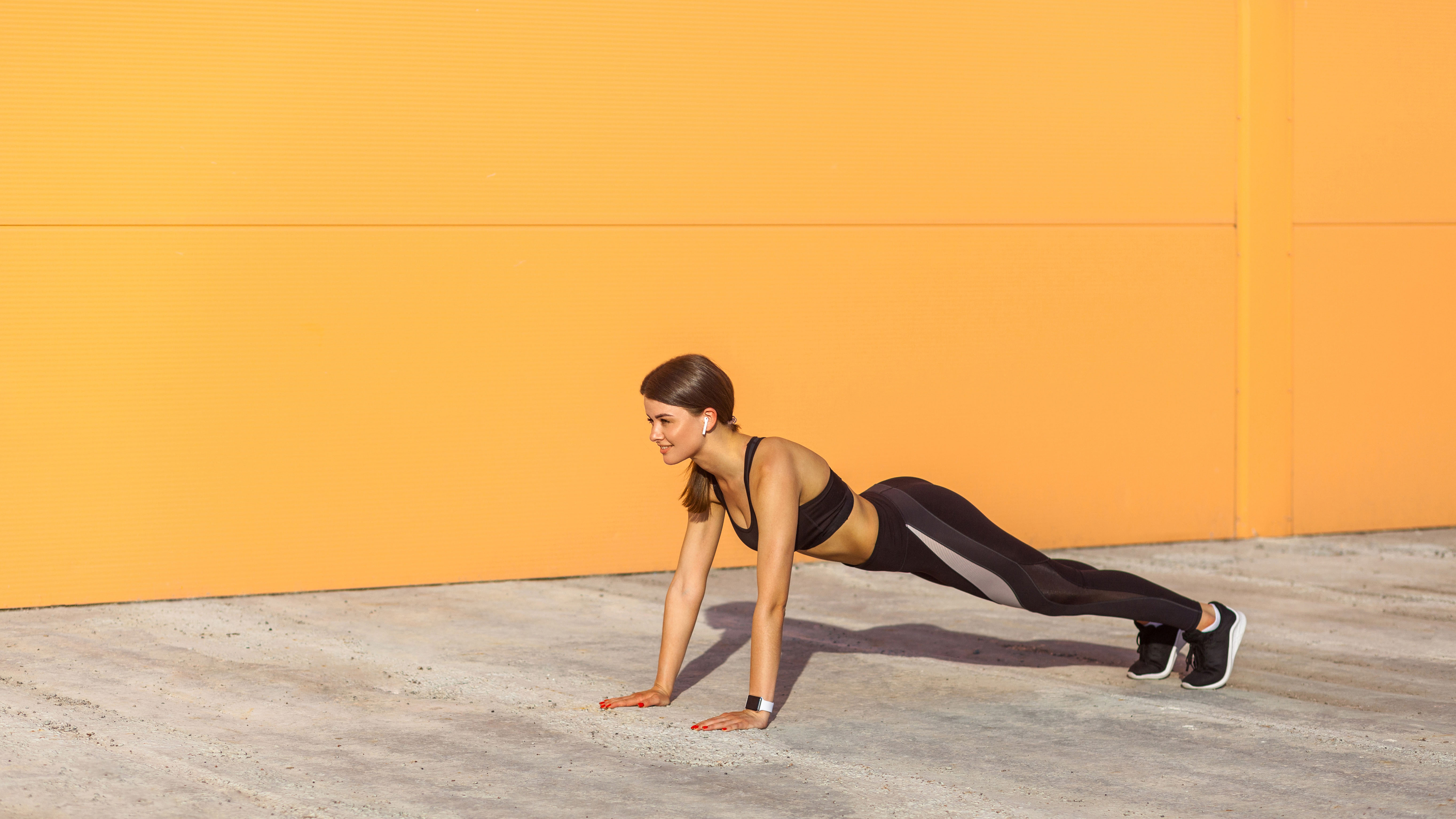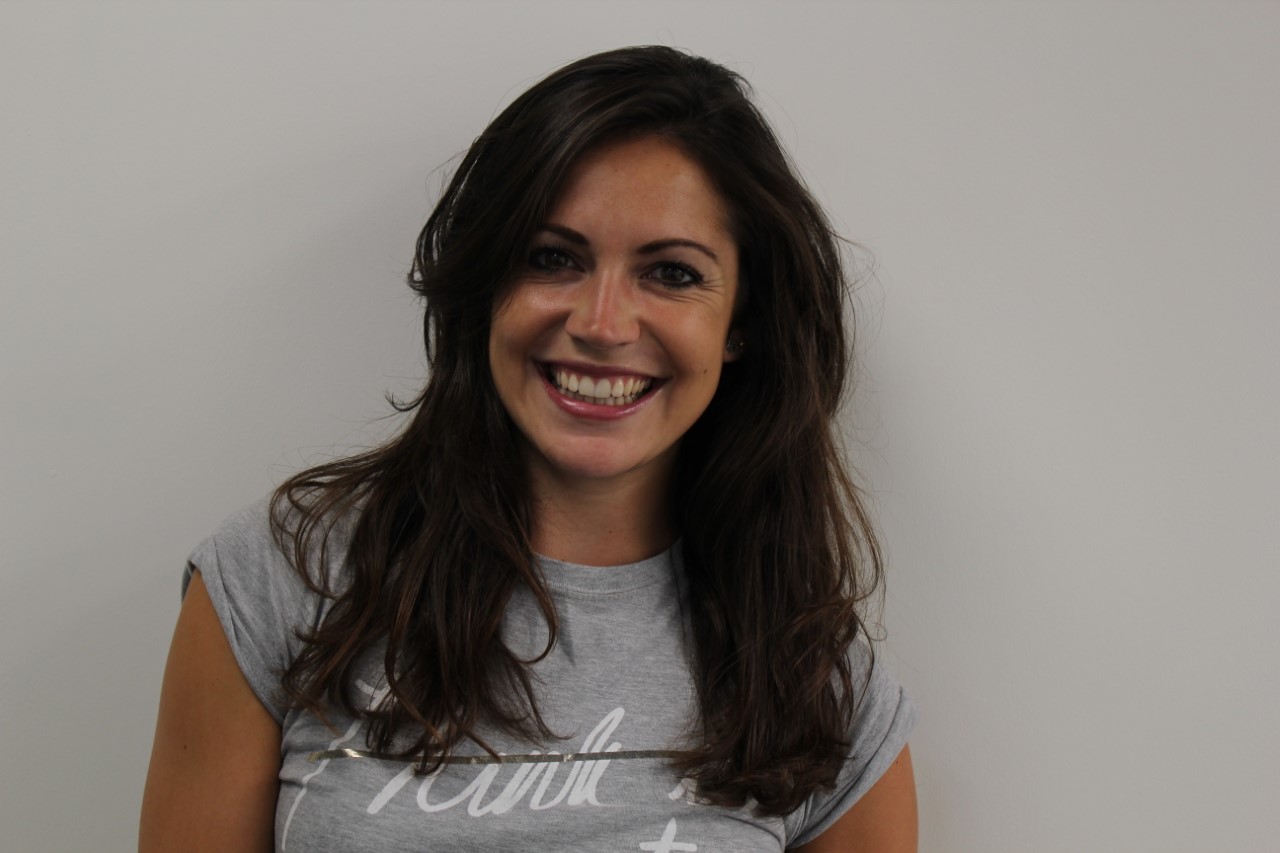How to do a wall plank: here’s everything you need to know
If you've ever wondered how to do a wall plank, grab your yoga mat and an empty piece of wall and learn


Looking to tone up and boost strength? Mastering how to do a wall plank could help you do just this.
Whether you’re into your fitness or not, you’ll have heard of the plank - where you either balance yourself on your forearms or palms of your hands, with your body in a straight line, resting on your toes.
It’s a tricky move, as your body is essentially braced the entire time. But, saying that, earlier this year, former marine George Hood broke the Guinness World Record for longest abdominal plank, holding the position for a staggering eight hours, 15 minutes and 15 seconds. We can only imagine how painful that was!
The plank can be a bit...well...boring. So, if you want to make the plank slightly more interesting, it’s time to perfect the wall plank.
The benefits of a wall plank
London-based yoga instructor Molly Robinson explains that the wall plank is good for a number of things.
“It can help with shoulder strength as you’re essentially balancing some of your body weight on your arms. It also helps with core stability,” she says.
For a safety-first wall plank set-up, make sure the mat you’re placing your hands on is comfortable, with lots of grip.
Molly adds that the wall plank also helps you to learn how to put weight onto your hands, as well as boosting your confidence to try more advanced yoga poses, such as handstands and other inversions, where the head is below the heart.
How to perfect the wall plank
Molly breaks it down into bite-sized steps:
- Start by standing away from a wall, with your back facing it
- Leave enough space to place your hands on the ground and your feet against the wall
- Next, place your hands down on the floor and slowly walk your feet back towards the wall
- Then, slowly walk your feet up the wall - take this stage very carefully
- Once your body is parallel, squeeze that core, and press your feet into the wall
- Aim to keep your shoulders directly above your wrists
- Try holding this position for 10 seconds, to start, and gradually increase your time
Perfect your pose in this short, but oh so effective, wall plank how to video from Hannah Barrett Yoga.
Make your wall plank into a handstand
With this move, "you’re trying to get your body parallel to the wall, into a handstand position" says Molly.
- From your wall plank position, slowly walk your hands closer to the wall, and move your feet further up the wall
- Each time you do this exercise, try and get closer and closer to the wall
- Once your body is almost flush against the wall (not quite touching), practice taking one toe at a time away from the wall until both toes are away and you’re in a wall-supported handstand
- Once a supported wall handstand is achieved, start having the hands further away from the wall
- Create almost a box shape - with hips above shoulders, shoulders above wrists and then your toes in line with your hips on the wall
- Try extending one leg to the ceiling. Then, with the other leg supported by the wall, gently push your toes off the wall and try to catch a hold. Give it a try - the wall’s there for your feet to go back to.
Fancy a challenge? Give these a go...
Try this video from @zenisyoga demonstrating a tougher version of the wall plank - great for getting that core fired up!
A photo posted by @zenisyoga on Sep 7, 2020 at 1:49pm PDT
A photo posted by @kristinmcgee on Sep 6, 2020 at 1:44pm PDT
Why yoga?
Not only is it said to boost flexibility and strength, it’s good for protecting your posture and helping your spine stay strong.
It’s also helpful for calming a busy mind - when we’re stressed, levels of the stress hormone cortisol can spike. Yoga can help lower these levels. You've already got one of the best yoga mats, now its time to put it into practise.
If you’re short on time but feel like having a stretch and clearing your mind, try one of these short yoga flow videos.
A yoga flow for flexibility
A simple, all levels, yoga flow
Lucy is Health and Fitness Editor at various women's magazines, and also Editor of Woman&Home Feel Good You. She has previously written for titles including Now, Look and Cosmopolitan. She lives and breathes all things fitness; she works out every morning, and mixes it up with runs, weights, boxing and endless box jumps. She is also a Level 3 personal trainer and teaches classes at various London studios, primarily Digme Fitness. Lucy is pre- and post-natal trained and helps new mums get back into fitness after the birth of their baby. Lucy claims that good sleep, plenty of food, and a healthy gut (seriously, it's an obsession) are the key to maintaining energy and exercising efficiently. Saying this, she's partial to the odd Negroni on the dance floor with her friends.
